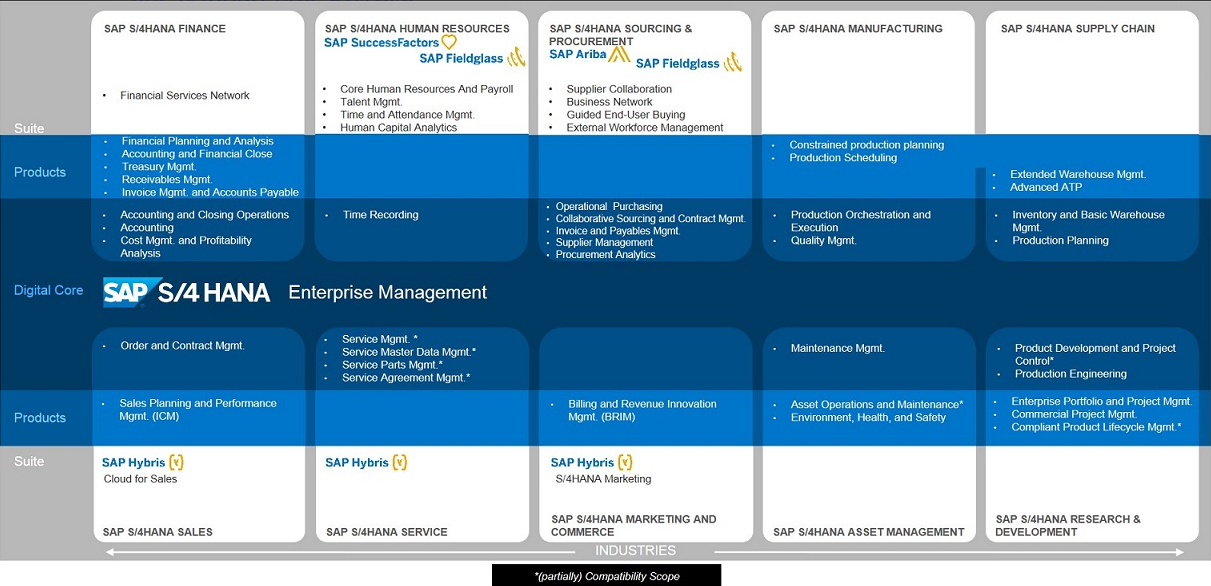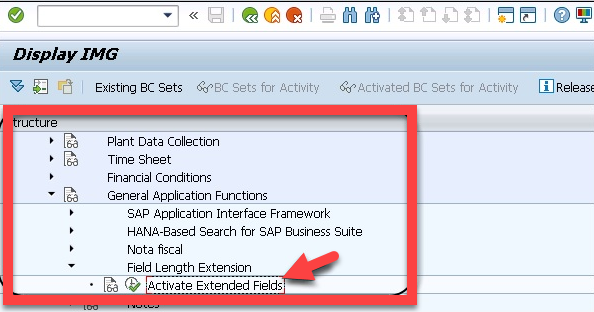 Anthony Cecchini is the President and CTO of Information Technology Partners (ITP), an ERP technology consulting company headquartered now in Virginia, with offices in Vienna. ITP offers comprehensive planning, resource allocation, implementation, upgrade, and training assistance to companies. Anthony has over 20 years of experience in SAP business process analysis and SAP systems integration. ITP is an Appian and Pegasystems iBPM Low-code and RPA Value Added Service Partner. You can reach him at [email protected].
Anthony Cecchini is the President and CTO of Information Technology Partners (ITP), an ERP technology consulting company headquartered now in Virginia, with offices in Vienna. ITP offers comprehensive planning, resource allocation, implementation, upgrade, and training assistance to companies. Anthony has over 20 years of experience in SAP business process analysis and SAP systems integration. ITP is an Appian and Pegasystems iBPM Low-code and RPA Value Added Service Partner. You can reach him at [email protected].
Last month we started to look at the redesigned S/4 HANA Subsystems. We saw how SAP completely resigned and simplified finance with SFin. OK, let’s continue this month with a look at Simple Logistics, sometimes referred to as Slog or SAP S/4 HANA Enterprise Management.

Although many businesses running on ECC have migrated to SAP HANA for their database (AKA SoH – Suite on HANA), The S/4 solutions rely upon HANA. S/4 HANA offers simplifications in functionalities and data models across all the modules. This includes logistics functions. SAP Simple Logistics is also known as SAP S/4 HANA Enterprise Management, comprised of essential modules in SAP ERP Business Suite, including manufacturing, contract management, sourcing and procurement, demand planning, supply chain, and material management.
Organizations can manage their logistics processes with better efficiency and performance with the following:
- Order management and billing will enable you to conduct end-to-end order-to-cash processes, while letting you take action for exceptions. You can also reduce your total cost of ownership resulting from data model simplification. In addition, you will have support for the most current versions of features like SFIN Revenue Accounting, FSCM Credit Management, and more.
- Procurement will help increase the efficiency of processes such as procure-to-pay, spend KPIs, and new analytical apps.
- Inventory management offers a streamlined data model that increases throughput. The module also offers flexible analytics at the lowest data level.
- Material requirements planning enables a fast MRP run and a simplified model for MRP controllers to make better decisions.
Meeting inventory challenges and customer demands is a difficult balancing act. In addition, as technology advances, expectations for superior performance increases. Simple Logistics enables you to meet these challenges easily with the following module changes or enhancements: (Each one of these could be its own blog, so please remember this is a high-level overview)
The first level of change relates to the master data. The general idea is that with HANA, SAP could attempt a more massive processing and yet provide better performance.
The S/4 Enterprise Management Customer Master:
The whole perspective of managing customer and vendor master in S/4 is by using the business partner approach. Hence the traditional transaction codes like XD01, XD02, XD03 or VD01, VD02, VD03 are redundant in S/4. Similar is the case for XK01, XK02, XD03 and MK01, MK02 and MK03. Hence the enterprise migrating to S/4 must ensure that they properly analyze this and use SAP S/4 HANA conversion pre-checks.
The S/4 Enterprise Management Material Master:
The biggest single change in the Material Master is that the material number field has been extended up to 40 characters. This was earlier 18 characters in ECC. Hence an enterprise with multiple systems in landscape exchanging material data must take this into account.This requires IMG activation (see below)

Other changes in S/4 HANA…
- Foreign trade fields in material master is not available. Global Trade Service (GTS) is the recommended solution.
- Material type SERV has been introduced in S/4 HANA for service materials.
- Product Catalog functionality is not supported. SAP recommends using Hybris as the suggested functionality.
- Logistics batch management functionality have new transaction codes – MSC1N, MSC2N, MSC3N, MSC4N.
Material Valuation in S/4 Enterprise Management
Simple Logistics supports the following material valuation methods:
- Moving average price
- Actual costing
- Standard price
In addition, you will have a definitive separation of transactional data from master data. The S/4 HANA data model has only four tables rather than multiple tables, which gives you a smaller data footprint and memory footprint.
Reporting occurs based on data related only to material, not the material ledger tables, and the new reporting includes both material and financial information.
Inventory Management in S/4 Enterprise Management
S/4 HANA Enterprise Management produces one materials document table (MATDOC) for simplified inventory management. There is no need to save aggregated tables due to on-the-fly aggregation, and no joining is necessary for merging item and header levels.
Procurement in S/4 Enterprise Management
With SAP S/4 HANA Enterprise Management, you can achieve increased efficiency in the Procure-To-Pay processes, new Analytical Apps and Spend KPIs, Ariba Network Integration for PO Order and IV.
Materials Requirements Planning and Analysis in S/4 Enterprise Management
S/4 Enterprise Management will also improve your MRP runs. The material flow is processed in real-time (MRP LIVE), which quickly pinpoints potential disruptions in material flows. You also receive detailed information on the impact of potential disruptions in MPR analysis.
This gives you a variety of benefits, such as an exception-based working mode which will identify issues earlier.
- Personalization
- Ability to run MRP on any device
- Classing mode for capacity planning
- Support for delivery schedules and in-house production
- Scenario dependent and much faster speeds
Billing Output Management in S/4 Enterprise Management
The entire NAST based output control has been modified to use the Business Rules Framework ( BRF+) functionality together with output determination. BRF+ functionality doesn’t support the following transmission mediums. Hence if you are using any of these mediums in ECC, you may have to evaluate your current solution.
- T – Tasks
- A – Distribution (ALE)
- 8 – Special Functions
- 9 – Events
Credit Management in S/4 Enterprise Management
Credit Management has been discontinued from S/4 HANA and recommended solution is Financial Supply Chain Management (FSCM). Thus, transactions like F.28, F.31, F.32, F.33 are no longer supported. Following are the new transactions in this area.
| New Transaction | Old Transaction | Purpose |
| UKM_BP | FD32 | Maintaining credit account master data |
| UKM_MY_DCDS | VKM1 | Releasing sales order blocked due to credit reasons |
Improvements in Simplification List and Custom Code
In SAP S/4 HANA Enterprise Management, your business can generate a simplification list for improved management and estimation. The simplification list defines functional capabilities of the individual transactions.
A Simplification list contains a list of simplification items , which explains the business and technical impact. Each simplification item has a simplification category and provides information about potential impacts. By integrating the simplification list with custom code check tool, we can pull a detailed report where custom code doesn’t meet the requirement and scope of S/4 HANA system. From this list you need to identify the areas for which you have to take action.
Summary
SAP Simple Logistics or Enterprise Management works by eliminating indexes and reducing redundancies, which were required previously for aggregates. The system also trades the traditional functionality with new innovative solutions that are now included rather than optional additions. This data model simplification improves operational efficiency and provides for greater control. Simple Logistics in S/4 HANA transforms logistics from a “System of Record” approach to a “Decision Support System” by utilizing data in a much more proactive and intelligent way.
SAP Enterprise Management represents the next generation of applications by providing streamlined enterprise-level software to harness Big Data. Your organization will operate more simply in the digital landscape. This is accomplished by integrating elements of SAP SCM, SRM, and CRM into the new solution. You can choose cloud, on-premise, or hybrid implementation to meet your specific needs.




